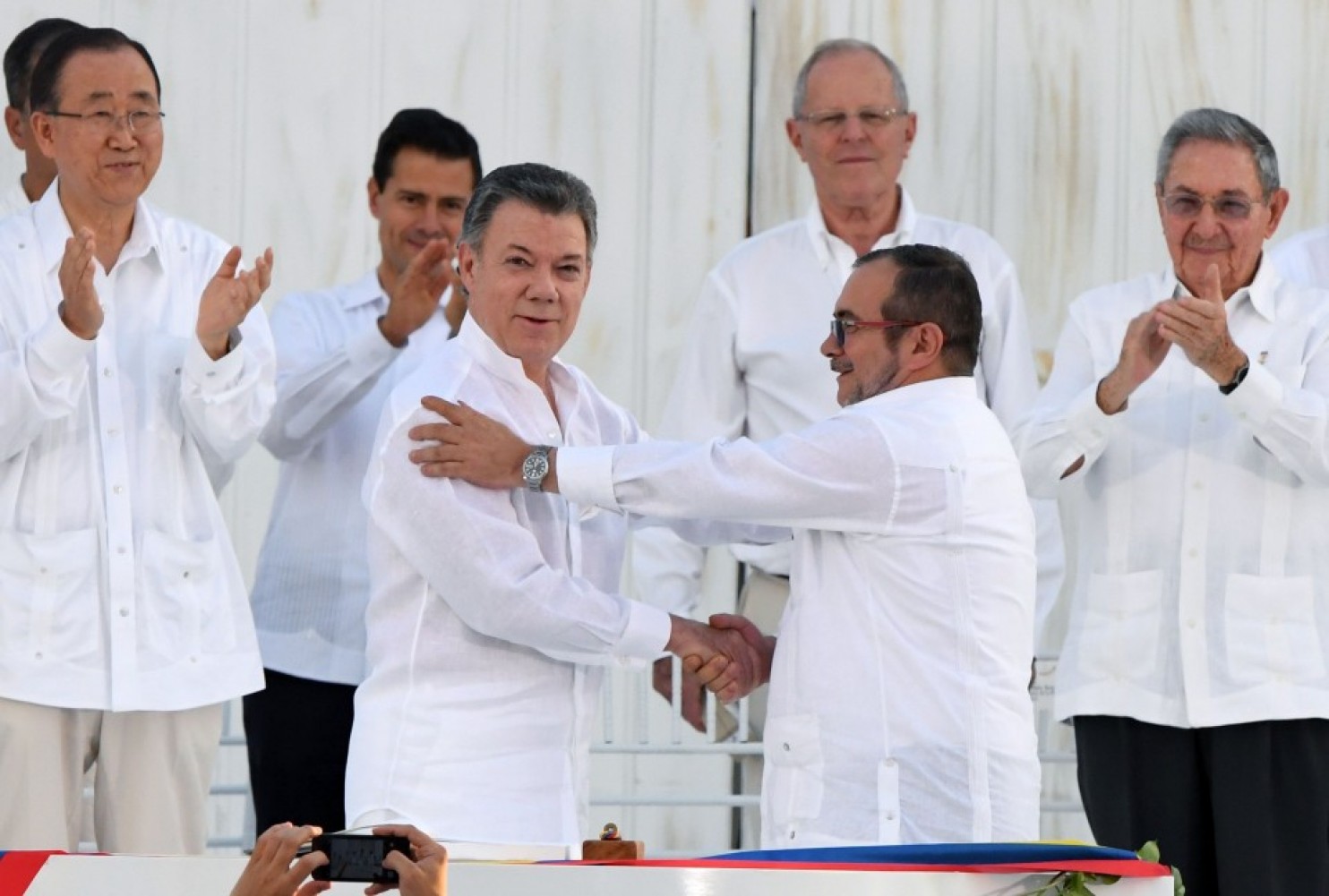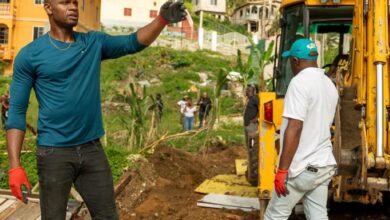A worrisome number for Colombia’s peace prospects


Colombia’s peace deal was signed three months ago, and it remains a fragile newborn whose survival is no sure thing. The government’s pact with leftist FARC rebels to end their 52-year war faces threats from multiple enemies and opponents, and supporters of the accord have been alarmed by a wave of lethal attacks against community leaders and left-wing activists.
But the agreement’s most formidable opponent is arguably neither a right-wing political backlash nor a shadowy militia group. It’s the stark economic reality of Colombia’s dirt-poor countryside.
That was laid bare once more this week, when the Colombian government announced that it has confiscated more than $98 million worth of assets from dissident FARC factions that have refused to demobilize and join the peace process.
What should be a proud moment for Colombian prosecutors was actually a sobering one. $98 million is a lot of money, especially in rural Colombia, and it may be the mere iceberg tip of the guerrillas’ war spoils.
If prosecutors are correct and the sum roughly corresponds to those breakaway factions, which account for about 500 of the FARC’s 7,000 fighters, that adds up to nearly $200,000 per rebel.
It’s yet another reminder that Colombia’s so-called “illicit economies” — drug trafficking, extortion and illegal mining — are astoundingly lucrative. They will remain so long after FARC ceases to dominate them, raising the possibility of a postwar peace marred by escalating criminal violence.
The rebels have agreed to hand over their wartime profits as part of the peace process, in addition to making financial reparations to victims of the conflict. But President Juan Manuel Santos has directed prosecutors to aggressively pursue the rebels’ assets and use them to finance the peace deal if possible.
Néstor Humberto Martínez, Colombia’s attorney general, told reporters this week that the frozen FARC properties were derived from the guerrillas’ involvement in narcotics trafficking and illegal mining. The seizures include more than 600,000 acres of land, as well as residences and businesses.
As an example, Martinez pointed to illegal mining operations inside Colombian national parks that extracted minerals such as cobalt and tungsten, exporting $5 million worth of ore through two FARC front companies.
With the FARC officially out of business and initiating its phased disarmament this week under U.N. supervision, the market for Colombia’s illegal commodities is essentially up for grabs. The government says it is rushing to fill the vacuum and make sure criminal groups don’t simply take FARC’s place.
But that scramble is a big reason that community leaders and social activists are being slaughtered in rural areas. They’re often the only ones who speak up about illegal activity in their communities, or put up resistance when criminal groups arrive in town and try to intimidate the local population.
Those syndicates are actively recruiting FARC soldiers who aren’t happy with the peace process and don’t want to lay down their weapons, according to the government.
Martinez said last month that Colombia’s most powerful criminal gang, known as the Clan del Golfo or Los Urabeños, has been offering former FARC members salaries of about $600 a month. That’s more than twice the stipend demobilized rebels are eligible to receive from the Colombian government under the terms of the peace accord.
The New York Times | Nick Miroff





